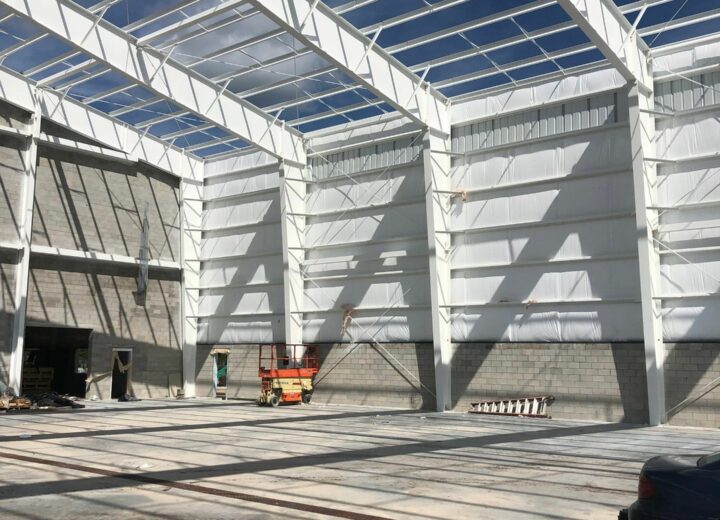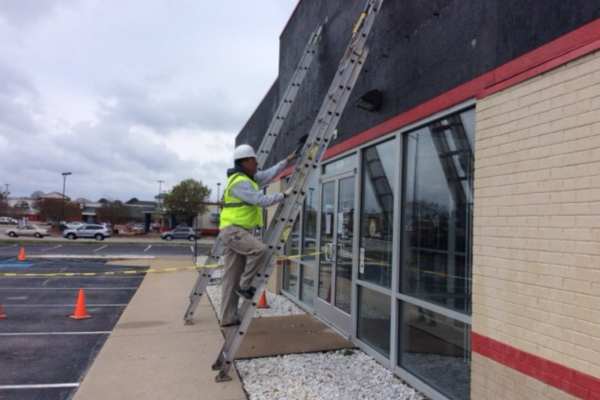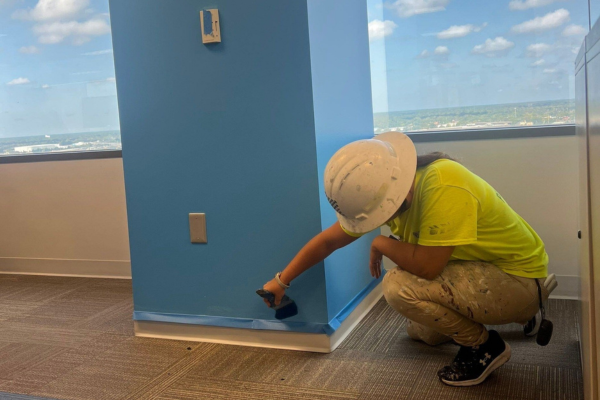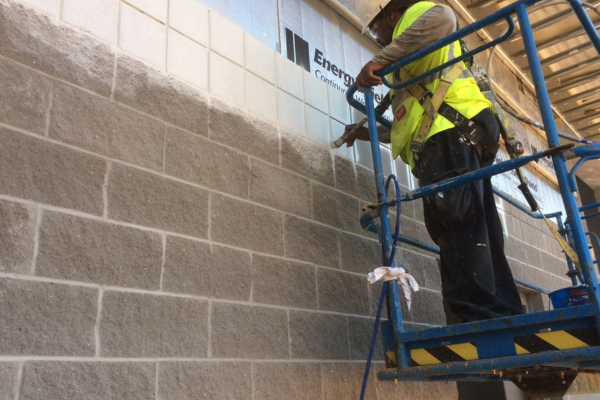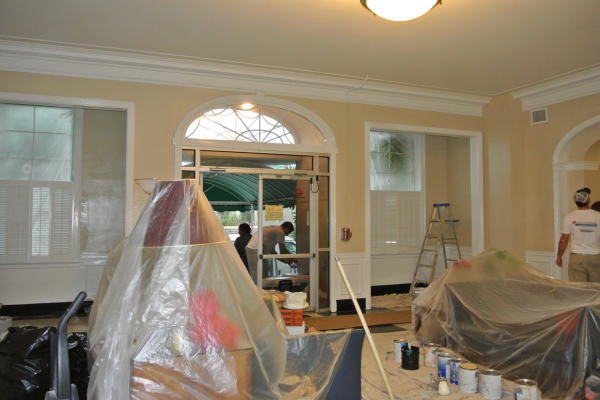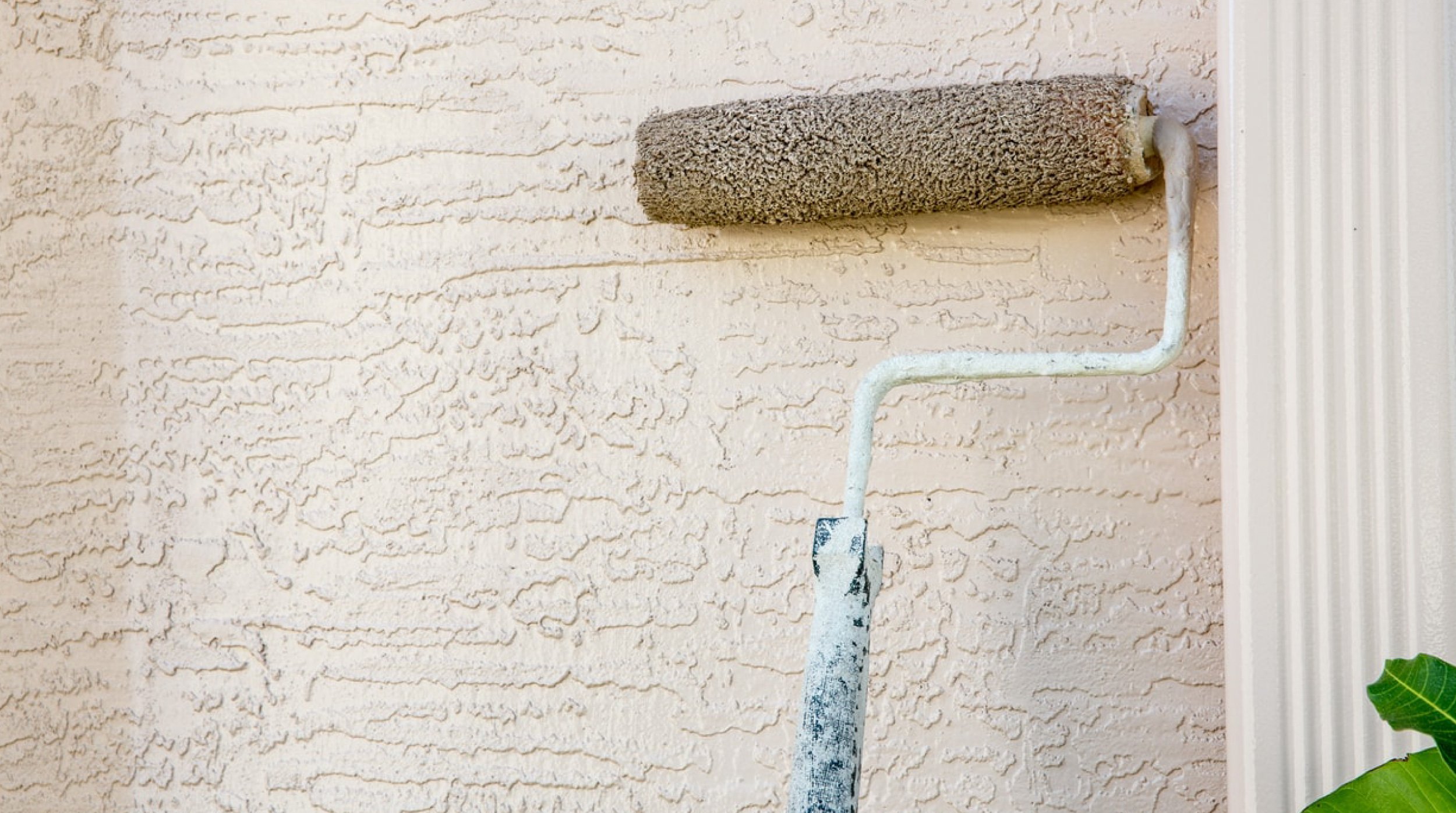
Stucco is a wonderful finish to the exterior of your home, but over time the weather and age can make it look a little tired. Whether you need a repaint to spruce it up, or you are wanting to change the color of your home entirely, you want the best finish possible. After all, it’s the first thing anyone notices when approaching your home, and you want that to look inviting.
However, stucco is unlike any other surface in your home, and while you may have experience in painting wood or drywall, there are some things you need to know about painting stucco. Preparation is key to a good finish, here are the top tips for preparing stucco as provided by professional paint experts Performance Painting.
Stucco has a highly textured surface, which in itself can make painting a challenge, much more so than the smooth surfaces you may have painted before, but while it is more difficult than smoother surfaces, the process remains the same, starting with clean up.
Cleaning the surface
Before any painting, it is important to clean the surface properly to allow the paint the best adhesion possible and produce a good finish overall. Whether the stucco is already painted or not, you can apply the same general techniques.
The best approach for stucco is using a pressure washer, with the water set between 2,800 and 3,100 psi. If you don’t already have one, they are available from hire services, or affordable models are often found on sites like amazon and eBay.
An important tip, if your stucco is newly applied, wait at least 60 days before painting it to give it time to fully cure.
Dealing with problems
Cleaning gives you a great opportunity to look over the stucco and spot any problems. This could be cracks, flaking or even small patches that have detached completely. Before any painting or prep work, these should be remedied.
A quality acrylic caulk is great for filling cracks and small areas of damage, but for a perfect finish, find stucco specific caulk, that has sand added. This provides the texture that helps the repair blend in better. For larger areas of damage, premixed stucco repair material can help. If there are significant problems across a wide area, you may consider having the stucco reapplied professionally.
Applying Paint
There are two options when applying your paint to stucco, roller or sprayer. Most of us are familiar with rollers, however for the heavily textured stucco, rollers with a very think nap are required to reach into the material and apply paint evenly. If you do choose to apply with rollers, remember that you will need access to every part of the stucco, that may include higher areas that require longer poles and ladders.
Spraying is the best option. It uses less paint, is quicker and results in a superior finish. If you have a paint sprayer, or can hire one, it is the option to go for. Again, make sure that you have access to all areas of the walls you will need to paint. It is best to plan this out beforehand to avoid possible issues.
Check the weather reports before painting, you want a few dry days to allow everything to set properly, and the stucco should be dry before application. Any moisture present will be sealed in under the paint and can cause problems later.
Beautifully painted stucco walls look great and improve the looks of your home. Although stucco needs some care due to its textured nature, anyone can get a fantastic, professional finish with a bit of effort and the right tools.

